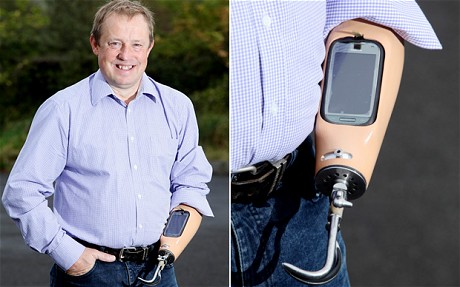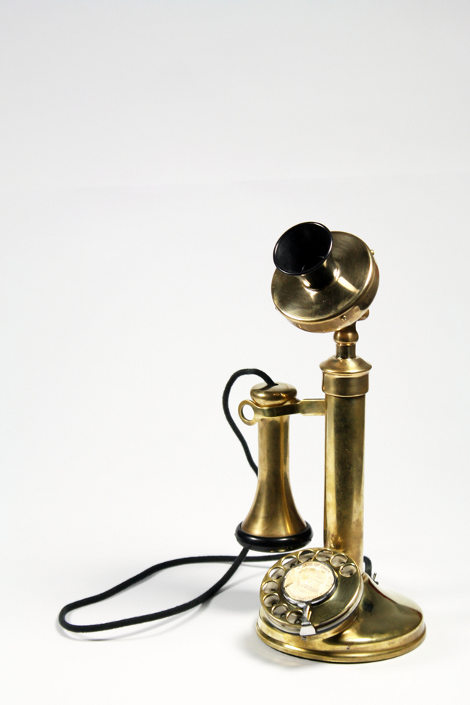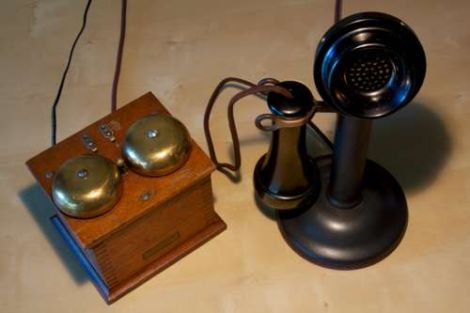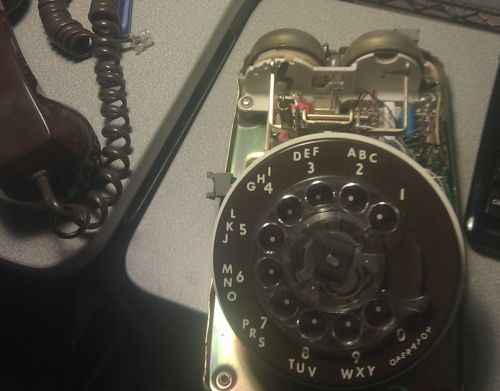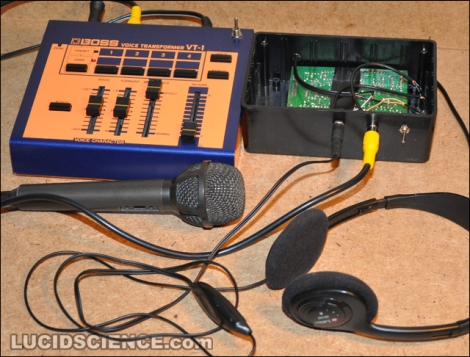
In case you haven’t noticed from my many comments on the subject, I drive a VW bus. It is a 1976 Westfalia camper with sage green paint and green plaid upholstery. I absolutely love it and so does the rest of my family. We go for drives in the country as well as camping regularly. We have found that the kids have a hard time communicating with us while we’re going higher speeds. These things aren’t the quietest automobiles in the world. Pushing this bread loaf shaped hunk of steel down the road with an engine that might top out at 75hp results in wind noise, engine noise, and of course, vibration.
I decided to employ a really old hack to put two functional telephones in the bus so my kids can talk to my wife (or whoever the passenger is) without screaming quite so loud. This hack is extremely easy, fairly cheap, and can be done in just a few minutes. The result is a functional intercom that you could use pretty much anywhere!
Continue reading “Using Old Phones As An Intercom In Your VW Bus (or Anywhere Else)”

